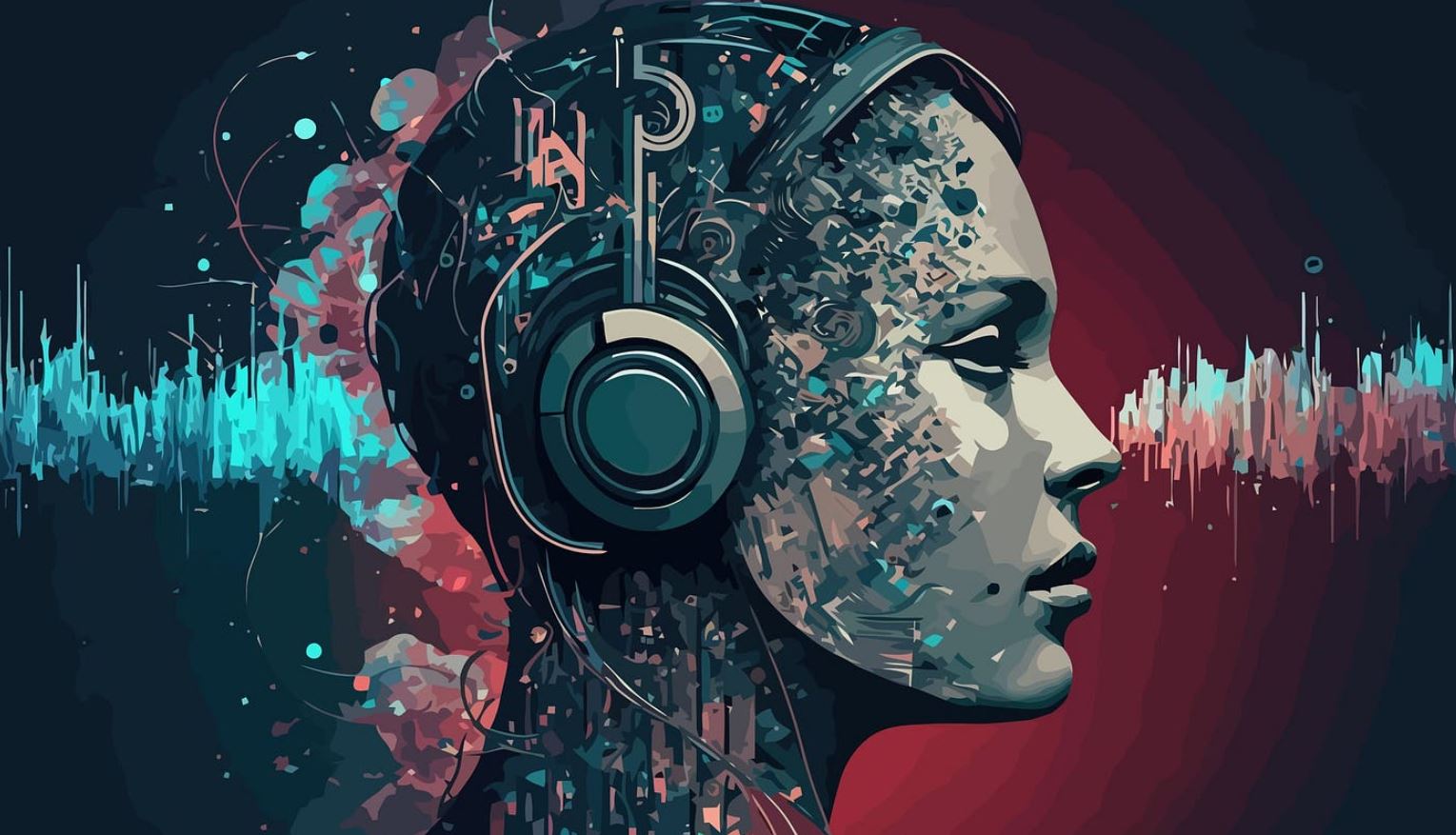 Artificial intelligence (AI) is carving out a fascinating niche in the art world, adding an exciting twist to creativity. Artists and musicians aren’t using AI just to automate tasks; they’re embracing it to enhance their creative processes. It’s about introducing fresh challenges and delightful surprises that push their boundaries. Take Lizzie Wilson, for example—a live coder who’s diving headfirst into this new frontier. At a recent algorave in London, she wowed the crowd with a generative AI model that brought unexpected sound combinations to her live performances, turning the event into a journey of discovery.
Artificial intelligence (AI) is carving out a fascinating niche in the art world, adding an exciting twist to creativity. Artists and musicians aren’t using AI just to automate tasks; they’re embracing it to enhance their creative processes. It’s about introducing fresh challenges and delightful surprises that push their boundaries. Take Lizzie Wilson, for example—a live coder who’s diving headfirst into this new frontier. At a recent algorave in London, she wowed the crowd with a generative AI model that brought unexpected sound combinations to her live performances, turning the event into a journey of discovery.
Wilson, who’s also a researcher at the Creative Computing Institute, is part of a growing movement known as co-creativity. This movement explores how AI can inspire and critique creative endeavors. Unlike some tools from companies like OpenAI that offer instant results, Wilson’s approach is to weave AI into the creative process, encouraging artists to engage more deeply with their work. This form of co-creativity isn’t about replacing human creativity—it’s about enhancing it, opening doors to new forms of artistic expression.
Generative models like DALL-E and Stable Diffusion have made creative tools accessible to millions, letting people create everything from memes to masterpieces with ease. But as Jeba Rezwana, a researcher in co-creativity, points out, clicking a button doesn’t equate to creativity. True creative collaboration between humans and AI requires tools that foster dialogue and reflection, leading to genuine innovation rather than quick, one-off results.
Mike Cook, a computational creativity researcher, highlights the importance of failure in the creative process. Generative tools often skip this crucial step, which can stunt creative growth. However, the potential for AI to boost creativity is immense. Cook envisions AI as a tool to enhance our creative skills, not replace them, by supporting reflection and challenging our assumptions.
In this evolving landscape, artists like Terence Broad are experimenting with AI in unconventional ways, pushing the limits of what these tools can achieve. Balancing control and surprise remains a challenge, but the journey itself is a testament to AI’s potential to reshape our creative horizons. As we continue to develop these technologies, the key will be to create tools that empower artists without overshadowing the human element of creativity. The future of art is not just about AI generating art but about AI and humans creating together, forging new paths in artistic expression.








